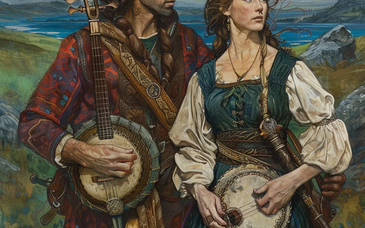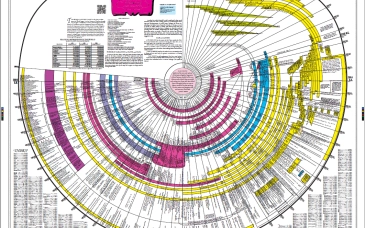From the dawn of history Persia has preserved its individuality while influencing the art, architecture and culture of other countries.
This chronology catalogues and compares Iran's colourful history with that of the rest of the world from 4000 BC to modern times.
Chronology BC | ||
IRAN | BC | REST OF THE WORLD |
First city built at Susa | 4000-3500 BC |
|
3500-3000 BC |
| |
3000-2500 BC |
| |
Akkad annexes Susa Susa becomes part of Elam | 2500 -2000 BC |
|
2000-1500 BC |
| |
Height of the Elamite Empire Destruction of the Kassite Empire of Babylon by Elam | 1500-1000 BC |
|
Median capital established at Ecbatana - 673 BC Assyrian sack of Susa (Elam) under Assurbanipal - 646 BC Fall of the Assyrian Empire with the capture of Nineveh by the Medes - 612 BC First Persian Achaemenian Empire Reign of Cyrus II the Great Reign of Darius I Rebuilding of Susa Building of Persepolis started | 1000-500 BC |
|
Reign of Xerxes I Persian defeat at Guagamelus Death of Darius III, last Achaemenian ruler | 500 -250 BC |
|
Seleucid Dynasty Parthian Dynasty Reign of Mithridates I Parthian victory over Rome at Carrhae | 250 - 1BC |
|
Chronology AD | ||
IRAN | AD | REST OF THE WORLD |
Sassanian Empire Reign of Shapur I Roman emperor Valerian taken prisoner at Edessa | 1 - 500 |
|
Massacre and suppression of the Mazdakites Defeat of the Persian army at Nehavend by the Arabs Umayyad Caliphate Abbassid Caliphate Reign of Caliph Harun al-Rashid Tahirid Dynasty of Khorassan Saffarid Dynasty of Sistan Samanid Dynasty of Khorassan and Transoxiana Ziyarid Dynasty Buwayid, a local dynasty from Gilan Ghaznavid Dynasty of Khorassan, Afghanistan and northern India | 500 - 1000 |
|
Reign of Toghrul Beg, founder of the Seljuks Arrival in Iran of Genghis Khan's Mongol army Timurid Dynasty dominated Persia from 1387 Shah Rukh (1405-1447) Turkoman Dynasty of the Kara-Koyunlu, or "Black Sheep" (1275-1468) is set up at Tabriz, and it is later replaced by the Ak-Koyunlu, or "White Sheep" (1434-1514). | 1000 - 1500 |
|
Safavid Dynasty Reign of Shah Abbas I (1571-1629), reconstruction of Isfahan begins Reign of Nader Shah Zand Dynasty (1750-1779), capital moved to Shiraz Qajar Dynasty (1794-1925) moves capital to Tehran | 1500 - 1900 |
|
Adoption of a constitution Reign of Reza Shah Pahlavi 1925-1941 | 1900 -1941 |
|
Modern Iran | ||
Mohammed Reza Shah Pahlavi 1941-1979 | 1941 |
|
1951 |
| |
1953 |
| |
1962-1973 |
| |
1973-78 |
| |
1978 |
| |
1979 |
| |
Ayatollah Khomeini 1979 - 1989 | 1979 |
|
1980-89 |
| |



